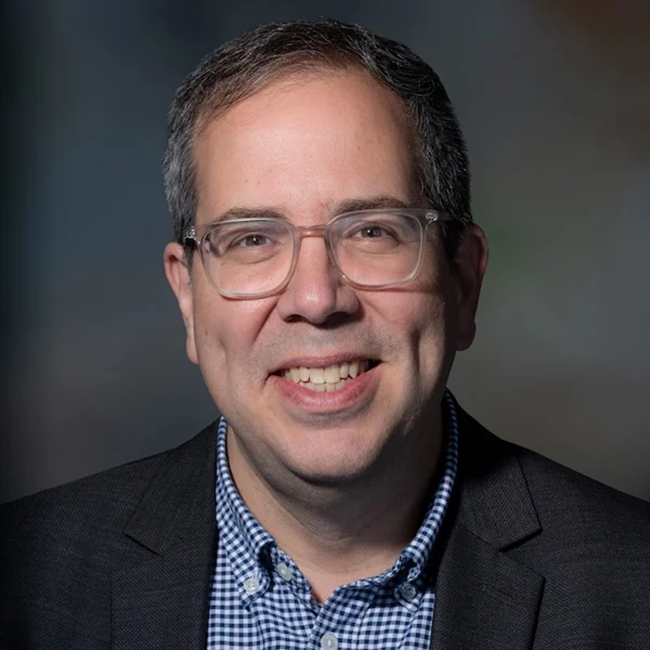Following news that astronomers have detected a potential life signature from K2-18b, a planet 120 light-years away, Rice University’s Luis Campos and Scott Solomon are offering historical and scientific perspectives on what the discovery could mean.
The finding, reported by The New York Times on April 16, builds on generations of inquiry into whether life exists beyond Earth. As scientists analyze the chemical markers observed on K2-18b using powerful telescopes, Solomon and Campos provide essential context from their research and teaching, including their new interdisciplinary course, Extraterrestrial Elsewheres: Astrobiology and Imagining Life on Other Worlds.
READ MORE: Dancing with Ghosts: Physicists Develop Revolutionary Device to Eliminate Magnetic Noise
Luis Campos, the Baker College Chair for the History of Science, Technology and Innovation and co-director of Rice’s science and technology studies program, said the announcement represents the latest chapter in humanity’s evolving search for extraterrestrial life.
“In some sense, analyzing the light that comes to us from distant planets in order to understand whether there is life there dates way back to the moment that Galileo and Kepler turned their telescopes to the heavens,” Campos said.
“Today’s news about K2-18b and the discovery of a potential biosignature is undoubtedly an exciting development, and it fits into a rich history of efforts to understand the prospect of discovering life on other worlds.”
Campos, who hosted the 2016–17 symposium Life as It Could Be: Astrobiology, Synthetic Biology and the Future of Life during his tenure as the Blumberg NASA/Library of Congress Chair in Astrobiology, added:
“Just as living things might not be quite what we expect, a moment like this might suggest that ‘discovery’ also is not quite like what we expect. It might not be a distinct moment when we say ‘This is it!’ but a provocative new finding with years of follow-up and debate to come.”
Scott Solomon, teaching professor of biosciences at Rice and author of the forthcoming book Becoming Martian: Our Future Beyond Earth, highlighted the significance of the discovery.
“The discovery of chemicals only known to be associated with living things on a planet in another solar system is incredibly exciting,” Solomon said.
“We have long wondered whether we are alone in the universe, and while we still can’t be certain, this is the most tantalizing evidence yet that life exists on other worlds.”
Their upcoming course, enrolling 78 students for its inaugural fall semester, covers topics ranging from astrobiology and planetary protection to synthetic biology and the future of human space settlement.
“The new course explores a wide range of topics related to life beyond Earth including both historical perspectives and current science,” Solomon said.
“We examine questions such as where did life begin? Is there life on other worlds? And can we create settlements on Mars or other places, and if so, what would happen to the human species?”
